Understanding Common Problems with Older Jeep Cherokee Models
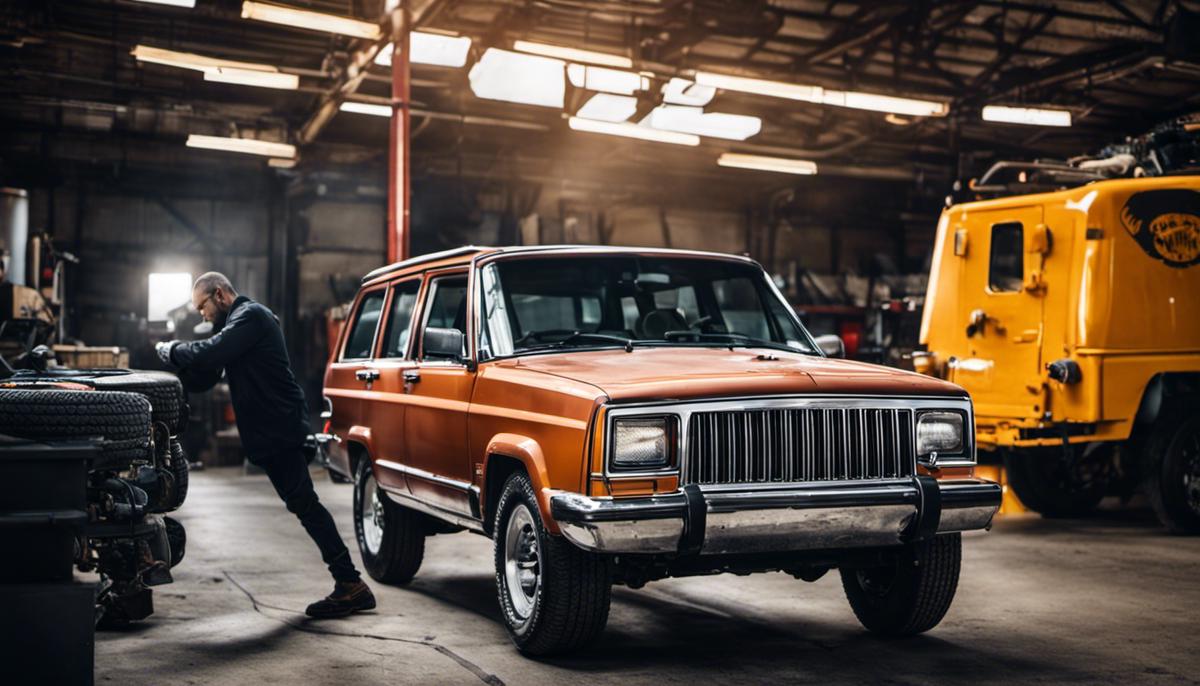
Last Updated on September 19, 2023 by Christ
When it comes to owning a vehicle with a reputation for toughness and durability, the older Jeep Cherokee sits high on that list. However, like any other vehicle with several years under its belt, certain issues can and do occur. In this article, we will delve into some of the more common problems old Cherokee owners might face. From mechanical problems ranging from engine troubles, suspension concerns, to radiator issues, to electrical problems that influence battery performance, wiring, and instrumentation, we’ve got you covered. Furthermore, we’ll address issue related to wear and tear like drive-train problems that include transmission faults, differential issues, and transfer-case concerns. Finally, we’ll shed light on some physical challenges that might occur in the interior and body of older Jeep Cherokees and also offer maintenance tips to help you keep your Jeep in the best shape possible.
Contents
Mechanical Problems with Older Jeep Cherokees
Engine Problems
One of the most frequent problems in older Jeep Cherokees is engine trouble, usually characterized by symptoms like irregular engine performance, difficulty in starting the car, and uneven idling. These may often be related to issues with the throttle position sensor, causing the engine to stall or create acceleration problems. Furthermore, the Jeep Cherokee models produced between 1999 and 2001 were notorious for cylinder head cracks. Indicators of this problem include overheating, oil leakage, and a distinct ‘tick’ noise from the engine.
Transmission Troubles
Jeep Cherokees, especially those models from the late 90s and early 2000s, have been reported to have transmission issues. Often, these vehicles experience difficulties shifting gears, abrupt slipping in and out of gear, and a tendency for the transmission to overheat. These concerns could be due to problems with the automatic transmission torque converter or lack of transmission fluid, leading to hard shifting and unusual noises from the vehicle’s underside.
Faulty Cooling System
The Jeep Cherokee’s cooling system might pose problems too. The older models have a faulty cooling fan relay that can fail, resulting in overheating. Symptoms include the engine running hotter than usual, the temperature gauge reading higher than normal, or possibly even the vehicle smoking during heavy use like long drives or towing.
Suspension and Steering Issues
The suspension system of an older Jeep Cherokee often suffers from problems like uneven tire wear, vehicle swaying, or a ‘wandering steering’ feeling, which makes it hard to control the vehicle. This is often caused by worn-out or damaged components such as the tie rods, control arm, or sway bar links.
Exhaust Leak Concerns
Another common issue found in older Jeep Cherokees is an exhaust manifold leak. This issue typically presents with a ticking noise coming from the engine that increases with acceleration. A leak like this can decrease the efficiency of your car, causing it to work harder, consume more gas, and possibly damage the environment.
Electrical Problems
Older Jeep Cherokees are known for their fair share of electric malfunctions. The models released around 1997-2001 had defective power window regulators, resulting in windows that might not roll up or down. Another prevalent electrical issue is associated with the airbag system. Multiple consumers have reported that the airbag light illuminates on the dash, indicating a potential issue with the airbag deployment system.
Addressing Common Issues
Handling the issues commonly associated with older Jeep Cherokee models often requires input from a professional mechanic who is familiar with the vehicle’s specifics. Regularly scheduled maintenance, including oil changes on time, thorough tire checks and rotations, scanning for error codes, and inspecting potential leaks in the cooling or exhaust system, can significantly aid in early identification and resolution of these problems. Upgraded parts are available for certain problems such as a malfunctioning window regulator or ineffective cooling fan relay, which help to decrease the chances of these issues happening again.
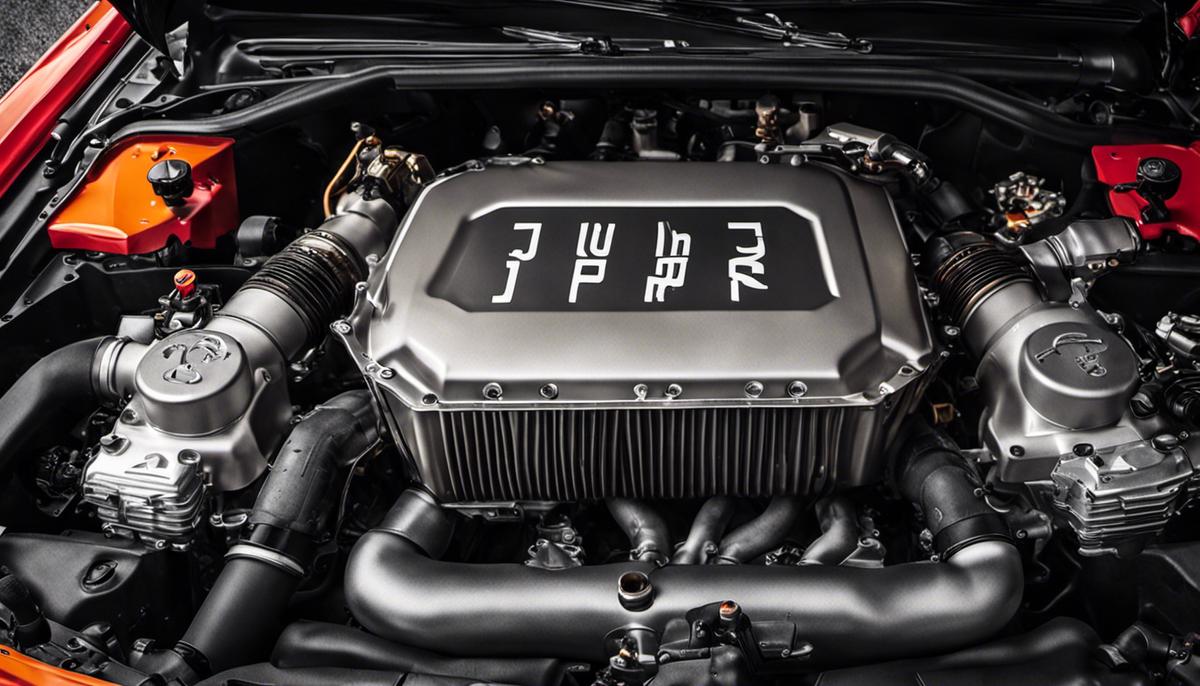
Electrical and Instrumentation Issues
Understanding Electrical Issues in Older Jeep Cherokees
The electrical system of older Jeep Cherokees is known to create issues that need frequent attention. These electrical faults can range from simple battery problems to more intricate wiring difficulties and can come in various forms like challenging ignition turns, flickering lights, frequent blown fuses, and abrupt stalling of the vehicle.
The car’s battery, the main electricity provider, often becomes the root of intermittent electrical problems. Experiences such as corroded battery terminals, an ageing or faulty battery, and alternator malfunctions can lead to irregular electrical hitches. Similarly, connections in bad shape, wires suffering from corrosion or damaged fuses could also interrupt the power supply and result in diverse electrical complications, thereby affecting the functionality of various vehicle components.
Instrument Cluster Problems in Older Jeep Cherokees
Alongside these general electrical issues, many older Jeep Cherokees also experience problems specifically with the instrument cluster. The instrument cluster comprises of all the gauges and warning lights on the vehicle’s dashboard. Symptoms of instrument cluster problems can include the speedometer, tachometer, or other gauges failing to function correctly, warning lights remaining on, or the entire cluster failing to illuminate.
These issues are commonly caused by a malfunctioning instrument cluster circuit board but can also be due to bad sensors, damaged wires connecting the sensors to the cluster, or problems with the power supply to the cluster. Given the importance of the instrument cluster in monitoring the vehicle’s performance and alerting the driver to potential issues, these problems can significantly impact the usability and safety of the vehicle.
Addressing Electrical and Instrumentation Gorunds
Correcting electrical and instrument panel problems involves a thorough diagnosis for accurate detection of the primary cause. This usually begins with an extensive examination of the electrical system. The process covers an analysis of the battery and alternator, a careful assessment of all primary and secondary wires, and an in-depth inspection of fuses for any indication of damages or burn out.
Issues involving the instrument cluster could warrant a complete replacement of the unit, or in certain scenarios, merely specific components depending on the severity of the problem. Expert repair services, specialized in electronic and digital speedometer repairs, might be called upon in situations requiring advanced restoration efforts.
Preventive measures also play a crucial role in circumventing these issues from arising. Regular battery checks and clean-ups can prevent unexpected battery-related problems. Being vigilant about warning signs like unusual dashboard readings, dimming lights, or recurrent fuse failures can aid in the early identification of possible electrical complications.
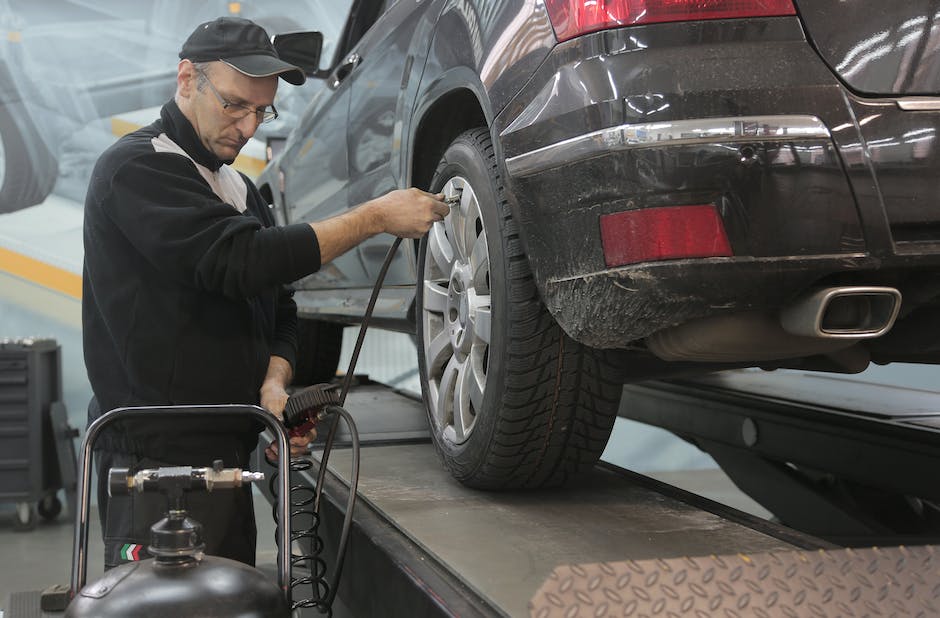
Drive-Train Issues
Identifying Drive-Train Difficulties
Drive-train issues are a common concern for older Jeep Cherokee owners. This intricate system, which comprises the transmission, transfer case, and differentials, facilitates the transfer of power from the engine to the wheels of your vehicle. When these parts begin to deteriorate, it can lead to various problems, adversely affecting your Jeep’s performance and potentially escalating into more expensive repairs in the future.
Initial indications of drive-train troubles can be quite subtle. Unusual noises under your vehicle, such as grinding or humming sounds when shifting gears or making turns, can be early warnings of damage or severe wear on your drive-train components.
Besides unusual noises, other signs which could signify drive-train problems include odd vibrations while driving or a noticeable decrease in fuel efficiency, unexplained by other variables. Fluid leaks spotted underneath your vehicle might also point to complications with the transmission or transfer case, which form integral components of the drive-train.
Diagnosing Drive-Train Problems
If any of these warning signs occur, it’s a good idea to have your Jeep checked out by a professional mechanic. They can use specialized equipment and their expertise to diagnose the exact cause of the problem.
One common diagnostic method is to use a stethoscope-style device known as a mechanic’s stethoscope to listen to the noise directly, helping them identify its exact source. Mechanics may also review any changes in performance or analyze the quality of the fluid in the drive-train components to diagnose potential issues.
Addressing Drive-Train Issues
When it comes to drive-train issues in your older Jeep Cherokee, the required repairs often rely on the particular problem in question. You might be dealing with minor leaks or small damage that can be managed through a simple patch or a single part replacement.
However, if the problem is deeper-rooted and involves internal damage to parts such as the transmission or differential, a thorough overhaul or complete replacement could be essential. Understandably, this may be a time-consuming and expensive task, but it’s vital for maintaining the performance and extending the lifespan of your vehicle.
Fortunately, you can prevent these larger issues with proactive care. Early detection and repair of drive-train issues can avert more severe damage that would result in higher repair costs. Regular maintenance like routine checks and timely fluid changes can be helpful in preserving the condition of your Jeep Cherokee’s drive-train.
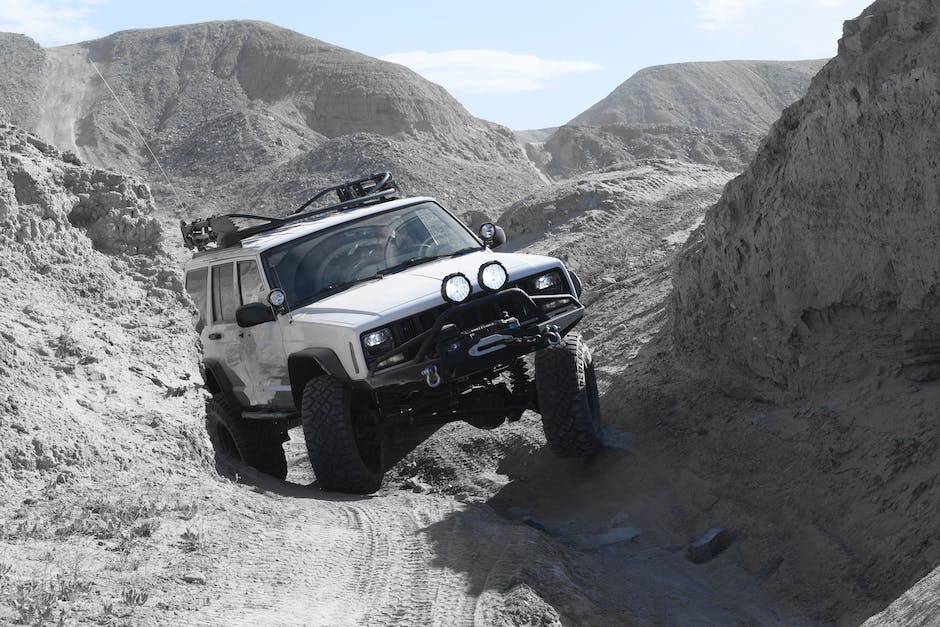
Body and Interior Problems
Preventing Rust and Peeling Paint
The aforementioned drive-train issues are not the only common concerns with older Jeep Cherokees. These vehicles often experience rust and peeling paint, especially in places that trap dirt and moisture, such as the wheel wells, fenders, and undercarriage. Extended exposure to the sun, harsh weather conditions and the general progress of time can deteriorate the paint leading to it eventually peeling off.
The advised approach to handle rusting is to nip it in the bud. Maintain a regular inspection routine for your Jeep to spot scratches, paint chips, or any other breaches in your vehicle’s rust-prevention setup. If you detect rust early, you may successfully prevent it from spreading by sanding down the affected area and applying a rust-preventative paint or sealant. For peeling paint, it is recommended to regularly wax and maintain your jeep’s exterior to shield it from sun damage, chipping, and peeling. In severe cases, repainting may be the only solution.
Interior Issues: Sagging Roofliners and Cracked Dashboards
Interior issues among older Jeep Cherokees are not uncommon, given the vehicle’s durability and typical longevity. Sagging roofliners are a common problem that happens when the adhesive holding the fabric to the foam backing dissipates. Fixing this issue can be done DIY by pulling down the entire roofliner, removing the old adhesive, applying a new layer, and pressing the fabric back into place.
Cracked dashboards are another common problem, typically caused by prolonged exposure to sunlight. Drivers can mitigate this risk by using sunshades while parking the vehicle in sunny areas. In case the dashboard is severely cracked, consider replacing it or covering it with a dashboard cover.
Combatting the Problem of Rusty Floor Pans
Of the many issues that plague older Jeep Cherokees, the rusting of floor pans is quite notorious among enthusiasts. Keep an eye on the front footwells and the cargo area as they are more prone to rusting. Further, it is also important to look for rust in the seams where various metal panels join as this is a direct indicator of water seeping and settling into the vehicle. While complete replacement seems to be the most effective solution when the rust deteriorates through the entire metal, smaller corroded areas can be treated with rust converters and sealers, although this is considered a short term solution.
Effective and prompt resolution of these physical issues can significantly enhance your vehicle’s longevity and elevating your driving experience. Regular inspections of the vehicle’s exterior and interior can help prevent problems from escalating. For major or pervasive damage, consulting a professional is highly recommended.
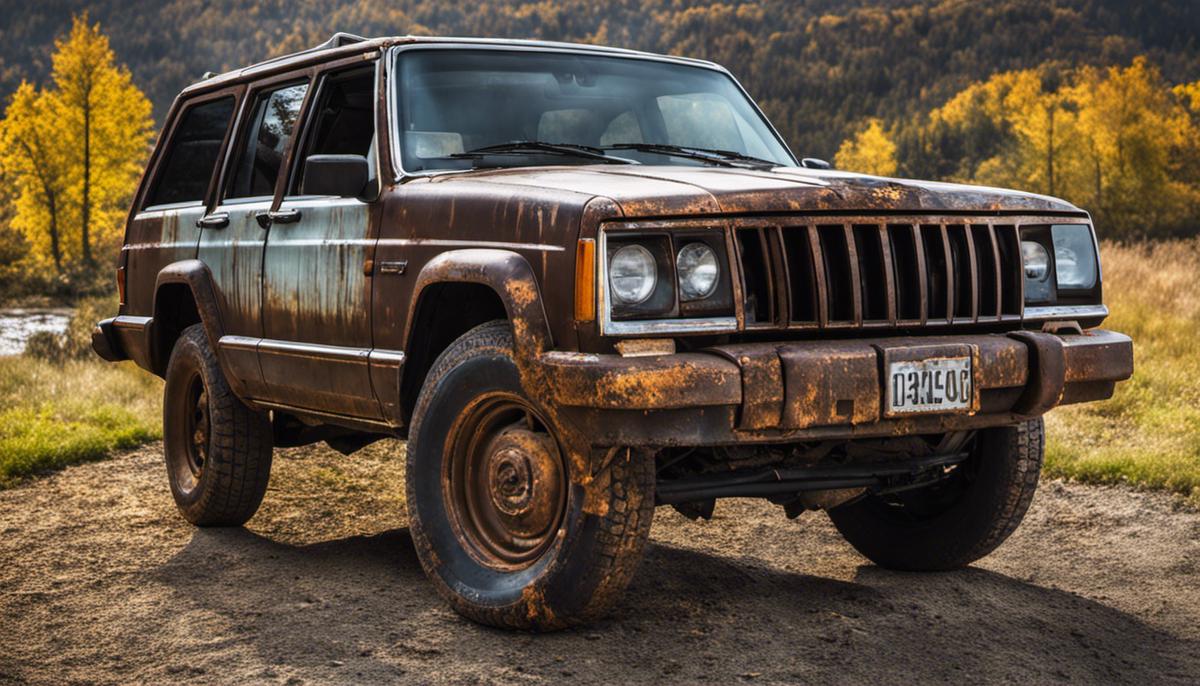
Maintenance Tips for Older Jeep Cherokees
Understanding the Common Issues in Older Jeep Cherokees
Another major concern that is often seen in older Jeep Cherokees is the trouble with cooling systems. This problem stems from the engine’s tendency to operate at higher temperatures as compared to other SUVs, potentially causing radiator failure. Routine radiator flushing and sticking to the advised type of coolant can help in preventing the engine from overheating.
Besides this, older Jeep Cherokees are also known to have trouble with their fuel systems, which can make the vehicle leak fuel or cause difficulty in starting. Regular inspections for fuel leaks and timely replacement of the fuel filters are crucial in avoiding such issues.
Electrical systems in older Jeeps often pose as problem areas. Users commonly report about electrical shorts in the dashboard wiring, resulting in inaccurate readings on the instrumental panel. Regular wire checks, preferably by a professional, are crucial in mitigating these problems.
Issues with steering and suspension systems are also frequent, resulting in a rough ride. Being proactive about regular checks and maintenance of the steering and suspension components, including the shock absorbers, struts, and steering linkage, helps in ensuring a smooth ride and accurate vehicle control.
Maintenance Tips
One of the key aspects to extend the lifespan of your older Jeep Cherokee and reduce the possibility of common issues arising is a regular maintenance schedule.
Engine maintenance is crucial for any vehicle including older Jeep Cherokee models. Regular oil checks and changes help keep an engine running smoothly by reducing friction. It is recommended to change the vehicle’s oil every 3,000 to 5,000 miles, or approximately every three months if the vehicle is driven regularly.
A regular check on the fluid levels is crucial. This includes brake fluid, power steering fluid, transmission fluid, and coolant. Low levels of these fluids can cause the respective systems to malfunction, leading to costly replacements if left unattended.
Checking the brake system routinely, including brake fluid, brake pads and rotors, will ensure that the braking system does not fail when needed.
Routinely checking and replacing worn-out or clogged air filters can prevent unnecessary engine damage. They should be replaced for every 12,000 to 15,000 miles your vehicle has traveled.
Tires should be checked for proper inflation, as well as signs of wear and tear. An aligned and balanced set of tires can improve fuel efficiency and prolong the lifespan of the tires.
Considering the common issues with electrical systems in older Jeep Cherokees, a regular check of electrical connections and circuits, especially in the dashboard panel, is advised.
As a preventive measure against fuel system problems, ensure to regularly change out the fuel filter. This will keep harmful debris and particles from reaching the engine and causing damage.
Ultimately, a regular maintenance schedule and early identification of potential issues will enhance your older Jeep Cherokee’s longevity and reliability.

Experiencing problems with your older Jeep Cherokee shouldn’t be the end-all and be-all of your driving experience. Whether it’s an issue with the mechanical components, some electrical glitches, challenges with the drivetrain, or wear and tear problems, there are ways to diagnose and fix them. Understanding these common problems can help you make more informed decisions about your vehicle’s maintenance and can potentially save you money in the long run. Just remember, part of owning an older vehicle is being prepared for these hiccups. Regular maintenance, alongside using these tips provided, can significantly aid in alleviating these issues and prolonging your vehicle’s lifespan, ensuring many more years of quality service from your Jeep Cherokee.
Leave a Reply